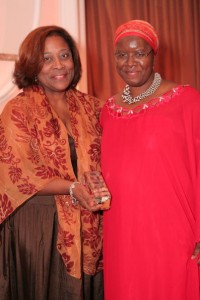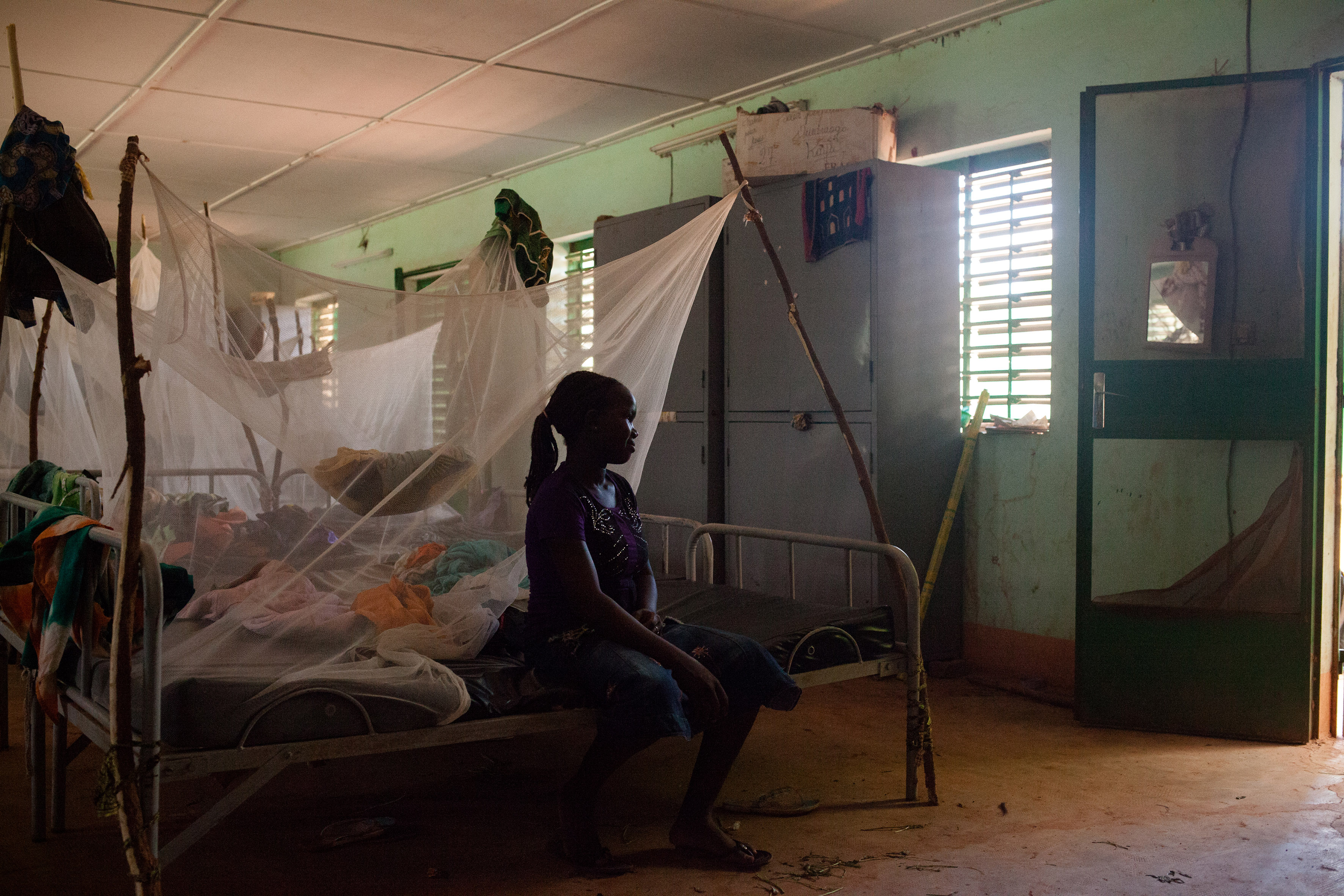
Nyaradzayi Gumbonzvanda (right) attends the 2008 Benefactrix Ball presented by YMCA at the Beverly Hills Hotel (Photo Credit: Leon Bennett/WireImage).
As we reflected on 50 Days of Action for Women and Girls and its themes, including early marriage, violence against women, and sexual and reproductive health, we got to wondering: What does all this integrated human rights talk look like in practice?
So we turned to a woman who walks the talk and leads change herself, Nyaradzayi Gumbonzvanda. Take a look at her examples of women’s participation in claiming their own rights. Then take action on an issue important to you, and join us on Facebook and Twitter to stay connected. (Don’t forget to join the World YWCA’s efforts, too!)
In your experience, what does participation mean in the context of women’s rights in your country?
For women to participate, it [is] important that they know and are aware of their rights, have the social empowerment to engage and the space to exercise their voice. Women’s community groups, organizations and networks…have provided the platforms for such participation.
SEE THE REST OF THIS POST

